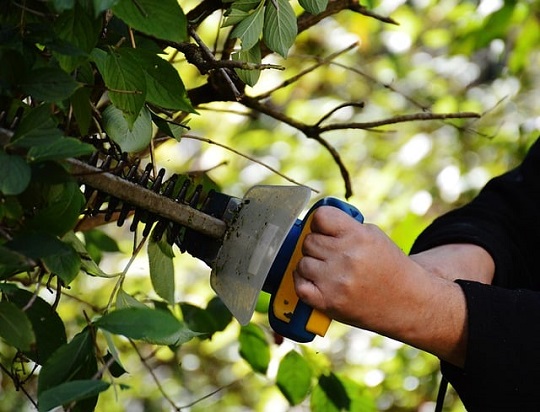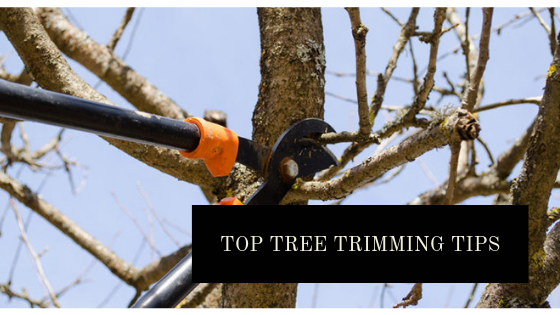If your hedges are wrapping around your property or becoming a nuisance of any sort, you should manage hedge trimming properly. The problem is that clippings can contain fungal spores, stems potentially squeezing up through concrete, and tough stumps that need battering.
Nobody likes an overgrown hedge in their garden, but removing it yourself can be a big job if you don’t know what you’re doing. We’ve put together tips for safe and efficient hedge removal so you can tackle the job without any worries.
Assess the Hedge and Plan Your Approach
Look at the hedge’s height, form, and density before you start any work. Look for any signs of damage or decay. Then, make a plan by thinking about how big the area is, what you want to happen when you cut down the bush, and whether some plants need to be trimmed back. It might take a professional like those at Greenlifepropertyservice.com, who has the right tools to remove hedges.
Tools and Safety Equipment
To get the job done quickly and easily, make sure you have the right tools for removing hedges. Hedge shears, loppers, and hedge trimmers are all good to have on hand. To keep from getting cuts and scratches, you should always wear protective gear such as gloves, eye protection, and long pants and arms when working with sharp tools.
Before you use a hedge trimmer, make sure there aren’t any power lines or other things that could be dangerous. Do not use any cords or extension cords near water to make sure they are all properly linked.
Choose the Right Time for Removal
It’s important to pick the right time to cut down a bush before you start. If you live somewhere cold, winter might be the best time to do the work because the fence plants are dormant.
Pathogens can be harder to get rid of in the spring or fall when plants are growing quickly. The neighborhood weather forecast is another important thing to think about. If there is going to be a cold snap, snow, or heavy rain soon, it is best to wait until the weather is better.
Also, to keep the plants from getting too stressed, it’s best not to cut the bush when it’s very hot outside. If there is a heat wave going on, it is better to do the work in the early morning or late evening when it is cooler.
Work Methodically and Safely
Start by cutting back and getting rid of the smaller twigs and leaves. This makes your workspace easier to handle and lowers the chance that you’ll take on too much.
When using a chainsaw or a hedge cutter, always follow the directions that come with it and cut in the right way. Always keep your balance, keep both hands on the gear, and know where the blade is at all times. Cut the bush into pieces that you can handle, and then work on one piece at a time.
Explore and Discover These Hedge Removal Tips
By following these top tips, you can effectively and safely do a hedge removal from your property without the worry of damaging the surrounding area. In conclusion, it’s important to take care when removing hedges to avoid potentially costly and hazardous issues. Remember to contact a professional for assistance and guidance if needed.
For more helpful articles on home improvement and more, check out the rest of our blog!










